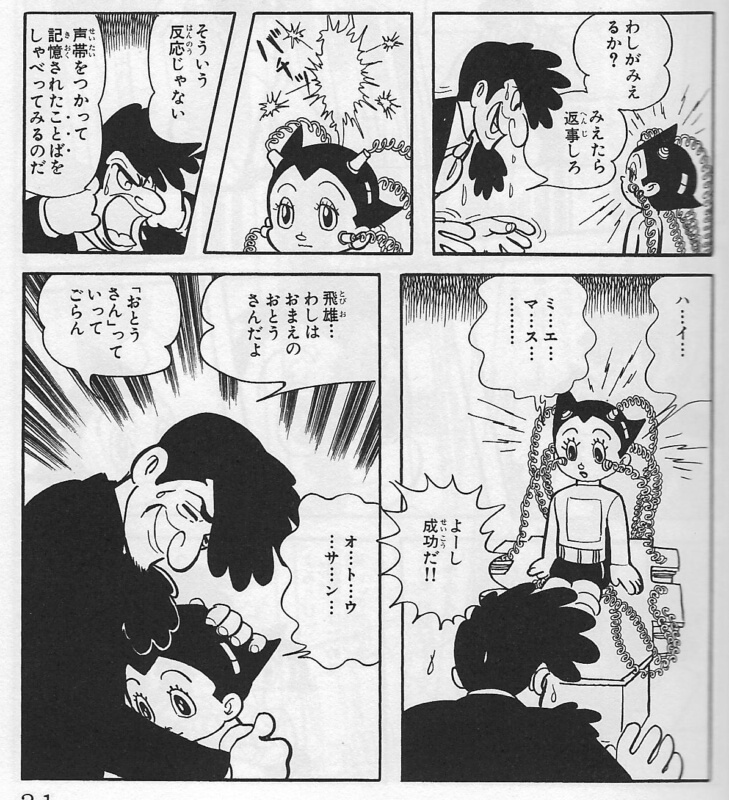As an outsider to the anime and manga community Erin and I are drawn to Nan Desu Kan, Denver’s anime convention that celebrates its 16th year this weekend at the Marriott in the Tech Center, in large part for its attendees’ passion for cosplay. We’re not that familiar with the plethora of contemporary anime titles (though I did grow up as a kid in Japan watching the likes of Astro Boy).
But you don’t need to be an anime expert to appreciate the crazy freakshow (in the good way) of cosplay.
Cosplay is a word coined by a Japanese animator, Nobuyuki Takahashi, after attending a Los Angeles anime convention in 1984. He was taken by how many American fans dress up to role-play their favorite anime characters. When he returned to Japan and reported on his trip in the media at home, he called the phenomenon cosplay, a typical Japanese language trick of creating a pun by collapsing two words together: Costume Play.
At the Marriott last night, cosplay was front and center: The annual Cosplay Costume, the main event for many attendees, was held in the hotel’s event center. The lobby, halls, restaurants and conference rooms were all thick with people dressed to kill … in a cartoon. The hotel reserves every room — the entire building — for the three-day event.
And last night the highlight of the convention, the annual Cosplay Contest, was held.
Continue reading




 I’ve written before about
I’ve written before about 







